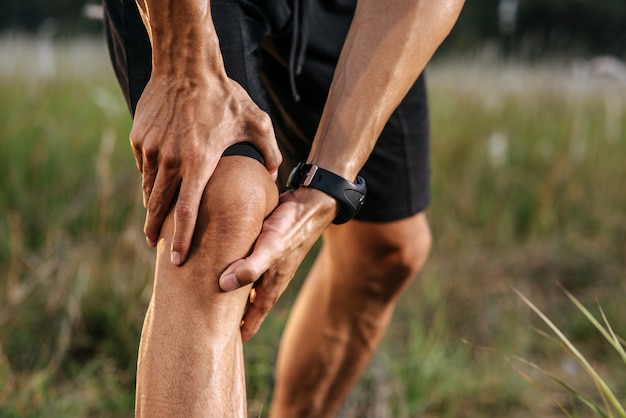In today’s fast-paced world, balancing work, wellness, and long-term health can feel overwhelming—especially when managing conditions like thyroid imbalances. Fatigue, low energy, and mood fluctuations are common with thyroid concerns, making intense workouts difficult. That’s where active recovery comes in.
Active recovery is gentle, intentional movement designed to support circulation, reduce inflammation, and enhance recovery—without overtaxing your system. Just 30 minutes a day can make a significant difference in thyroid function, stress regulation, and overall well-being. This guide offers coach-style pointers, form notes, and easy modifications tailored for thyroid support and sustainable work-life wellness.
Active recovery involves low-intensity physical activity that promotes blood flow, supports lymphatic drainage, and helps regulate the nervous system. Unlike high-intensity training, it doesn’t spike cortisol—the stress hormone that can disrupt thyroid function when chronically elevated.
For individuals with hypothyroidism or Hashimoto’s, excessive strain can worsen symptoms. Gentle movement, however, supports hormone transport, reduces muscle stiffness, and improves sleep—all critical for thyroid balance.

You don’t need a gym or special equipment. This daily routine blends mobility, breathwork, and light strength to support energy, joint health, and hormonal balance.
Begin seated or lying down. Place one hand on your chest, the other on your belly. Inhale deeply through your nose, letting your abdomen rise. Exhale slowly through pursed lips. This activates the parasympathetic nervous system, calming the body and reducing stress on the thyroid.
Coach Tip: Focus on a 4-second inhale, 6-second exhale. Repeat for 5 minutes. Ideal before work or after lunch to reset energy.
Move through controlled motions to lubricate joints and wake up the body:
Form Note: Keep movements small and controlled. Avoid forcing range of motion. Pain is a signal to stop.

Choose a form of aerobic movement that feels sustainable. A brisk walk outdoors provides vitamin D and mood-boosting sunlight—both beneficial for thyroid health. Alternatively, use a recumbent bike if joint sensitivity is a concern.
Modification: Break into two 5-minute sessions if energy is low. Focus on consistency, not speed.
End with stretches that promote relaxation and lengthen tight muscles:
Coach Tip: Breathe deeply during each stretch. Never bounce—this can trigger muscle tension.
Thyroid function is deeply connected to metabolic rate, energy production, and stress response. Overexercising can suppress TSH and increase reverse T3, worsening fatigue. Active recovery, on the other hand, supports:
Pair your routine with hydration, balanced meals, and consistent sleep for maximum benefit.
Work-life wellness isn’t about adding more—it’s about integrating small, sustainable habits. Try these tips:
Consistency matters more than duration. Even 10 minutes counts when done daily.
Active recovery isn’t a shortcut—it’s a smart, sustainable strategy for long-term wellness, especially for those managing thyroid concerns. By dedicating just 30 minutes a day to mindful movement, you support your body’s natural healing rhythms, reduce stress, and enhance work-life balance.
Start small. Listen to your body. And remember: gentle progress is still progress.

Wellness

Wellness

Wellness

Wellness

Wellness

Wellness

Wellness

Wellness

Wellness

Fitness

Fitness

Wellness

Health

Fitness

Health

Health